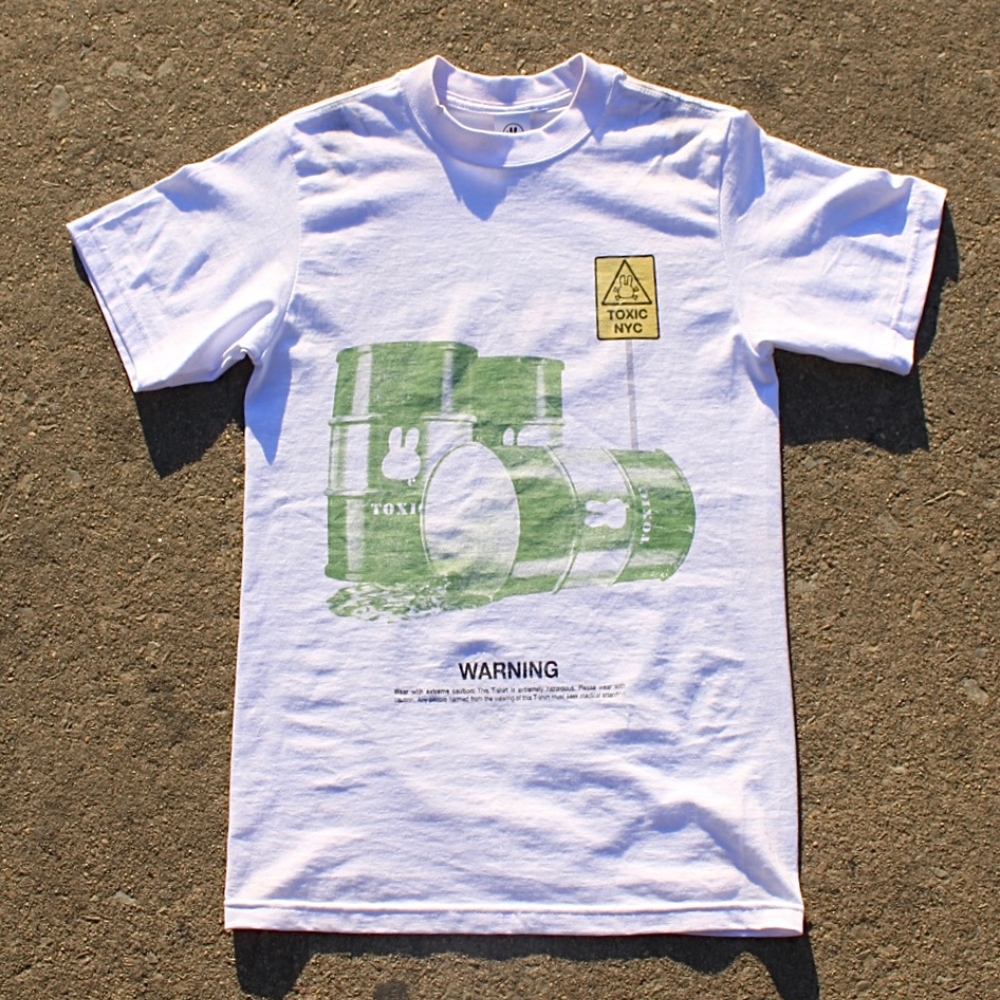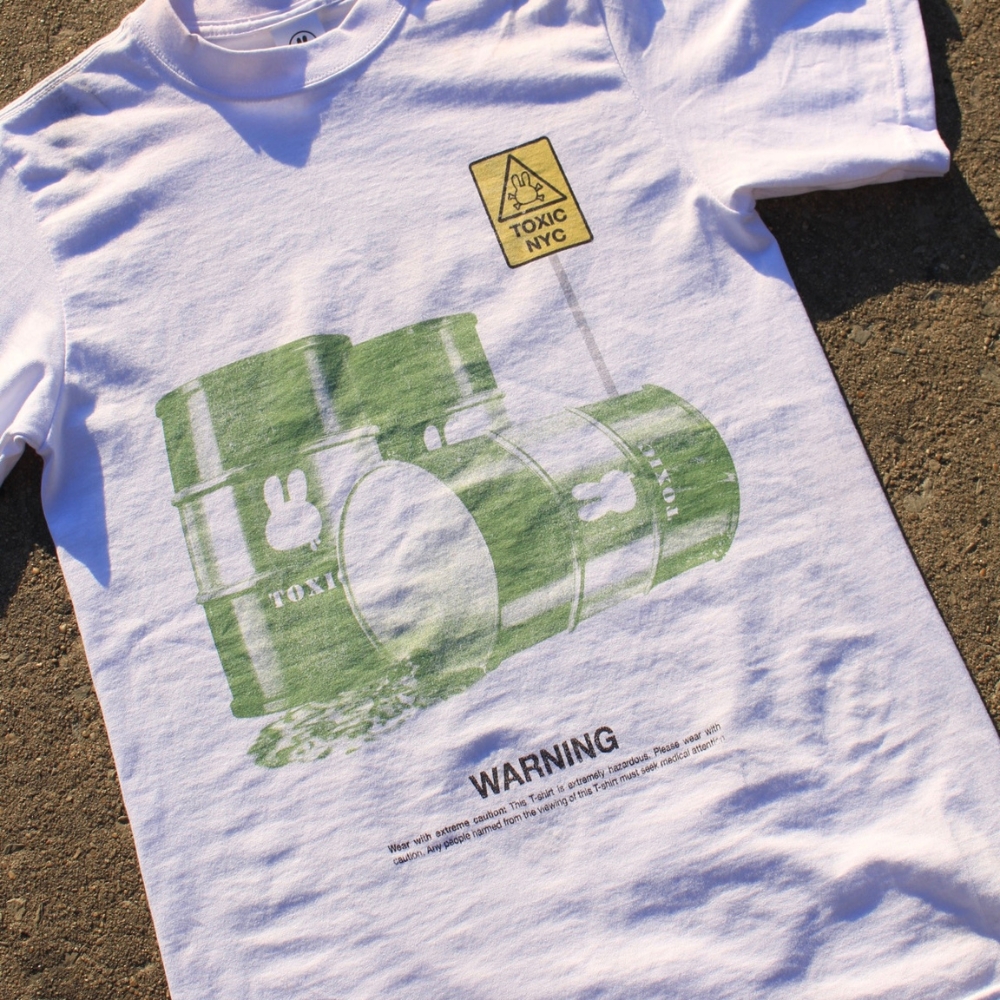Explore the Importance of a Strong Brand Identity and How to Create One
Creating a strong brand identity is like giving your clothing brand its own personality. It’s what makes a brand stand out in a crowded market and helps people recognize and remember you. But what exactly is brand identity, and why is it so crucial? Let’s dive into how a powerful brand identity can make a clothing brand more than just a label, and how to create one that resonates with your audience.

Why Brand Identity Matters
Brand identity is more than just a logo or tagline. It’s the complete package of how the brand looks, feels, and communicates with the world. Think of it as the first impression a clothing brand makes on potential customers. A strong brand identity builds trust and loyalty, making customers more likely to choose a specific brand over others. It’s what makes a clothing brand relatable, memorable, and ultimately, successful.
To create a distinct brand identity, you’re telling a story. This story should resonate with a target audience, reflecting their values, lifestyle, and aspirations. Whether a brand is all about sustainable fashion or edgy streetwear, the identity should clearly communicate with the customers. The stronger the brand identity, the easier it is for people to connect with the brand emotionally, turning first-time buyers into loyal fans.
Building A Brand’s Visual Identity
Visual identity is the most noticeable aspect of building a brand identity. This includes logo, color scheme, typography, and overall design style. Each of these elements should work together to convey the essence of clothing brand. For example, if a brand is modern and minimalist, the visual identity should reflect that with clean lines, simple typography, and a monochromatic color palette.
Creating a cohesive visual identity helps the brand appear more professional and trustworthy. It’s essential to be consistent with the visuals across all platforms, from website to social media and packaging. Consistency not only reinforces the brand’s identity but also makes it easier for customers to recognize and
remember the brand.

Crafting a Brand Voice that Resonates
While visuals are crucial, A brand voice is just as important in shaping a brand identity. a brand voice is the tone and style of communication to use in all the messaging, whether it’s on a website, social media, or customer service interactions. This voice should align with the brand’s personality and appeal to the target audience.
For instance, if a clothing brand is youthful and trendy, the brand voice should be fun, energetic, and maybe a bit cheeky. On the other hand, if a brand is luxurious and sophisticated, the voice should be more refined and elegant. The key is to be authentic and consistent in the communication. When customers hear a brand voice, they should instantly recognize it. A well-defined brand voice helps build a deeper connection with the audience and sets a brand apart from the competition.
Connecting Emotionally with the Audience
At the heart of a strong brand identity is the ability to connect emotionally with the audience. People don’t just buy products; they buy experiences and the feelings that come with them. When creating a brand identity that resonates emotionally, you’re likely to inspire loyalty and advocacy from the customers.
To connect emotionally, we need to understand what motivates our audience. Are they looking for comfort, style, sustainability, or something else? Tailor the brand identity to reflect these desires and values. Use storytelling to share the brand’s journey, mission, and vision in a way that speaks to the audience’s hearts. When customers feel an emotional connection with a brand, they’re more likely to choose it again.
Conclusion
A strong brand identity is the heartbeat of a clothing brand, giving it life and making it memorable. By defining a unique visual style, tone of voice, and emotions to evoke, we can create a brand that resonates deeply with our audience. When we invest in a clear and compelling brand identity, we are not just selling clothes—we are telling a story that customers want to be a part of.
Toxic NYC was born from the heart of the city that never sleeps. We design apparel that speaks to those who refuse to blend in, for those who aren’t afraid to stand out, those who live life loudly and fearlessly. Wear Toxic NYC, and be part of our story.
Choosing the Right Fabrics for Your Clothing Brand
When it comes to building a clothing brand, the fabrics you choose play a crucial role in defining your brand’s identity. The right fabric not only affects the quality of your garments but also communicates your brand’s values and message to your customers. Whether you’re aiming for luxury, comfort, sustainability, or durability, selecting fabrics that align with your brand’s ethos is essential. for fabric company’s we recommend to check out Create Fashion Brand
Understanding Your Brand’s Message
Before diving into fabric selection, it’s important to have a clear understanding of your brand’s message. What do you want your clothing to represent? If your brand focuses on eco-friendly, you’ll likely want to choose sustainable materials like organic cotton, bamboo, or recycled fabrics. On the other hand, if your brand exudes luxury, fabrics like silk, cashmere, or high-quality wool may be more appropriate. Your fabric choice should mirror the image you want to project.
For example, a brand centered around activewear should prioritize performance fabrics like moisture-wicking polyester or spandex blends. These materials enhance functionality, providing comfort and flexibility during physical activity. When you select fabrics that resonate with your brand’s message, you create a cohesive identity that customers can easily connect with.
The Importance of Texture and Feel
Fabric texture is another key element in aligning with your brand’s identity. The way a fabric feels against the skin can evoke different emotions and perceptions. Soft, plush fabrics like velvet or fleece create a sense of comfort and warmth, perfect for a cozy, laid-back brand. Crisp, structured fabrics like linen or denim, on the other hand, can give off a more casual, effortless vibe.
Consider how you want your customers to feel when they wear your clothing. Should they feel elegant, comfortable, powerful, or relaxed? The texture of your chosen fabric can help convey these emotions, making your clothing more than just something to wear—it becomes an experience. This tactile connection can be a powerful tool in building brand loyalty.
Matching Fabric Durability to Brand Promise
Durability is another crucial factor when choosing fabrics for your clothing brand. Your brand promise might include offering high-quality, long-lasting products. In this case, you’ll want to select fabrics known for their strength and resilience, such as denim, twill, or wool. These materials can withstand wear and tear, ensuring that your products stand the test of time.
However, if your brand focuses on seasonal fashion or trendy, fast-turnaround pieces, you might opt for lighter, more delicate fabrics like chiffon or rayon. These materials are perfect for creating stylish, short-lived pieces that align with current trends. The durability of your fabric should match your brand’s promise to your customers, ensuring that you deliver on your brand values.
Sustainability and Ethical Considerations
In today’s market, more consumers are looking for brands that prioritize sustainability and ethical practices. If your clothing brand aligns with these values, fabric selection becomes even more critical. Choosing organic, recycled, or biodegradable materials not only supports your brand’s message but also appeals to eco-conscious customers.
Look for certifications like GOTS (Global Organic Textile Standard) or OEKO-TEX, which guarantee that the fabrics meet strict environmental and ethical standards. Incorporating sustainable fabrics into your clothing line can help build trust and loyalty with customers who share your commitment to the planet. Plus, it sets your brand apart in an increasingly competitive market.
Reflecting Toxic NYC’s Identity
At Toxic NYC, we know that fabric choice is more than just a technical decision; it’s a reflection of our brand story. We focus on selecting materials that resonate with our core values—whether it’s the rebellious edge of durable denim or the eco-conscious appeal of organic cotton. Every piece of fabric we choose is a building block in the creation of our unique identity, helping us connect with an audience that values authenticity, style, and substance. So, when you’re crafting your clothing brand, remember that the fabrics you choose are not just a part of your product—they are a part of your brand’s voice.



